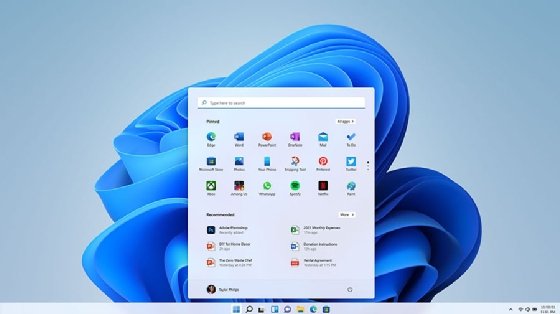icon
What is an icon?
In today's age of technological advancement, most people recognize the word icon as referring to a small selectable or nonselectable image representing or leading to something else in a computer's graphical user interface (GUI) or on the web.
The original and other still used definition of icon is a person or thing widely admired, especially for having great influence or significance in a particular sphere. Icon was derived from the Greek eikōn or eikenai, which means "to seem or to be like." Often the context was religious paintings from the Eastern Orthodox Church.
In today's modern context, an icon is an image on the computer screen that represents an application, a capability, or some other concept or specific entity with meaning for the user. For example, on a computer with an operating system from Microsoft or Apple, the icon for the recycle bin -- or where files go when they are deleted -- is represented by the image of a small trash bin.
On a webpage, an icon represents the topic or information category of another webpage. Frequently, the icon is also a hypertext link to that other page. Icons are typically gathered in one or two places on a page, either as separate graphic files or as a single image map.
How do icons work?
The image appears as a small picture and is usually selectable, but it can also be a nonselectable image such as a company's logo.
When you select an icon with the mouse cursor, the associated application or webpage opens. Nonselectable icons might provide information about something on the page -- for example, a print icon next to a text box means you can print the contents of that text box.

Why are icons used?
As graphic symbols, computer icons help users quickly and easily identify what they need or want. The use of icons also provides a more appealing visual representation, which makes them more enjoyable to use than traditional text-based links.
However, as you've probably noted by now, icons also have a number of other applications.
Other applications for icons
In this section, we'll cover a few other examples of icon use cases.
- Pictograms. As a pictogram, an icon is a graphical representation of an object, place or idea.
- Mosaics. In a mosaic, an icon is a small picture or symbol that represents a larger image.
- Semiotics. In semiotics, an icon is a sign that represents an object, place or idea.
Of course, icon can also refer to people who represent a specific group of people or a time period.
- Cultural icons are people who are seen as symbols of a certain culture. Examples of cultural icons include Elvis Presley, Marilyn Monroe and Michael Jordan.
- Fashion icons are people whose style is copied by others. Examples of fashion icons include Audrey Hepburn, Jackie Kennedy and Princess Diana.
- Religious icons are people or objects venerated by a religious group. Examples of religious icons include the Virgin Mary, the Dalai Lama and Jesus of Nazareth.
See also: thumbnail, system tray, widget, user interface, menu
